Dance is a sport that combines grace and strength to create moving art. As dance management software providers, we wanted to find the top benefits of dance to understand just how powerful dance can be. So, we rolled up our sleeves and started our research. What we found was truly impressive!
Below, we outline the physical and mental health benefits of dance, from strength building to preserving white matter integrity in the brain. Read on to discover how the benefits of dance can help you.
1) Cardiovascular Benefits of Dance
As we discussed in our article about the benefits of exercise for kids, heart disease is the leading cause of death in the United States and the second leading cause of death in Canada. This means cardiovascular health should be a top priority for everyone.
Anyone who practices dance knows that their cardiovascular endurance increases as they continue to practice over months and years.
Dancing increases cardiovascular endurance because it elevates an individual’s breathing and heart rate. After repeated practice, the body learns to adapt to this type of stress. It’s why the American Heart Association lists dancing as an example of endurance exercise that can improve heart health.
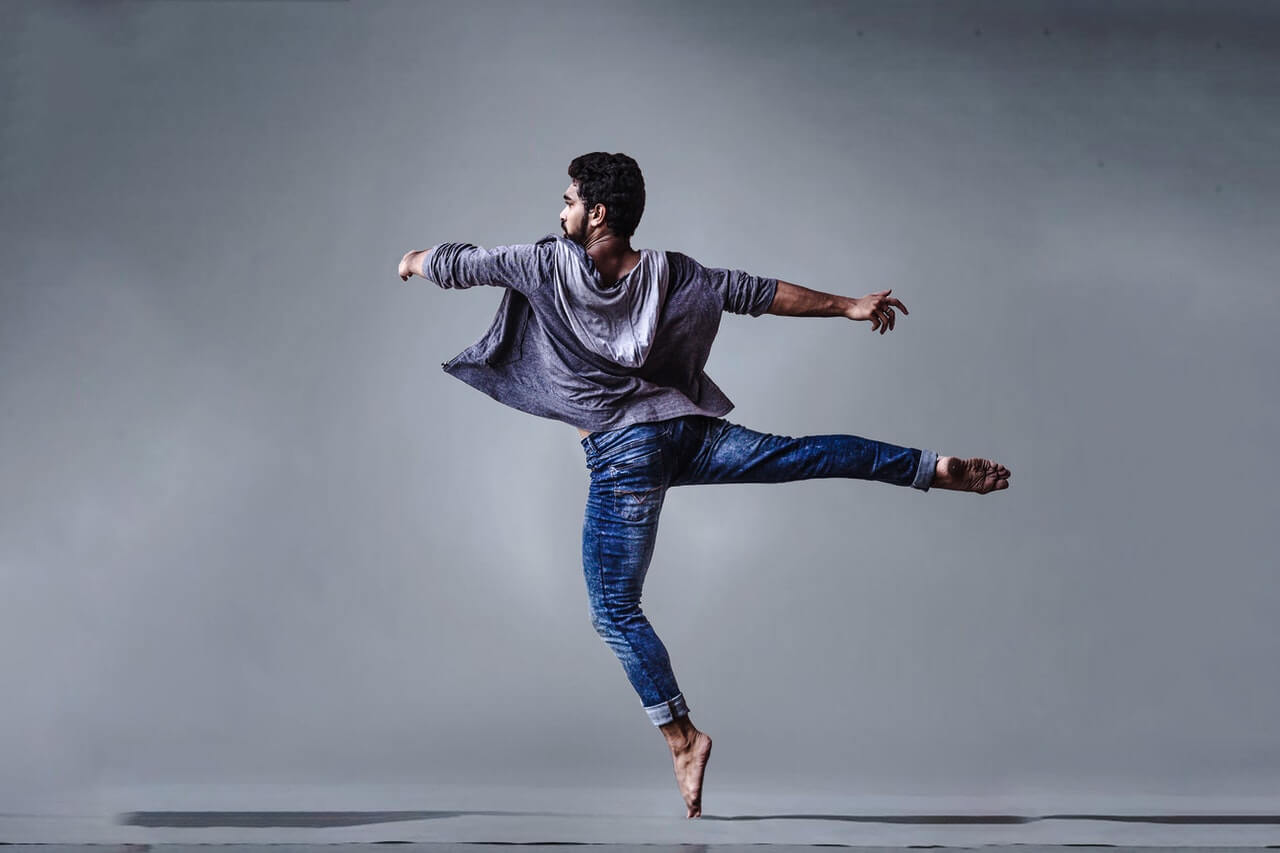
What happens as a result of increased cardiovascular endurance?
This increased endurance allows your heart and lungs to better fuel your body with oxygen. And when the body is properly fueled, your mind and muscles can maintain a higher level of performance for a longer period of time!
This increase in cardiovascular health can help people enjoy a variety of physical activities today and later into life. Perhaps that’s why dancing has even been linked to a lower risk of cardiovascular death.
2) Dancing Builds Muscular Strength
Each dance move requires a dancer to support their body-weight as they navigate the dance floor. Like all body-weight exercises, these movements trigger muscle growth.
Unlike simple repetitive aerobic exercises such as jogging or biking, dancing includes an extremely broad range of movements.
As a result, dancing can provide a more comprehensive work-out that benefits significantly more of the body’s muscles. In particular, dance can help strengthen smaller muscles that are often neglected by more linear activities like running and biking.
When these smaller muscles are strengthened, it helps dancers better support their large muscle groups. Strengthening these smaller muscles can not only prevent pain, it can further promote mobility which means dancers can more easily participate in a wide variety of activities!
This strength building can also benefit a person’s confidence. But, we’ll touch on that more a little later.
3) Balance and Coordination
Navigating the dancefloor requires balance and coordination. With practice, both of these skills are improved through dance.
Why is this important?
Developing balance and coordination provides youth with two of the most important tools used to play. And we don’t just mean playing sports. When children have a good sense of balance and coordination, they are able to trust their body to perform more complex movements. This leads to more confident play at home, on the school yard and in the studio!
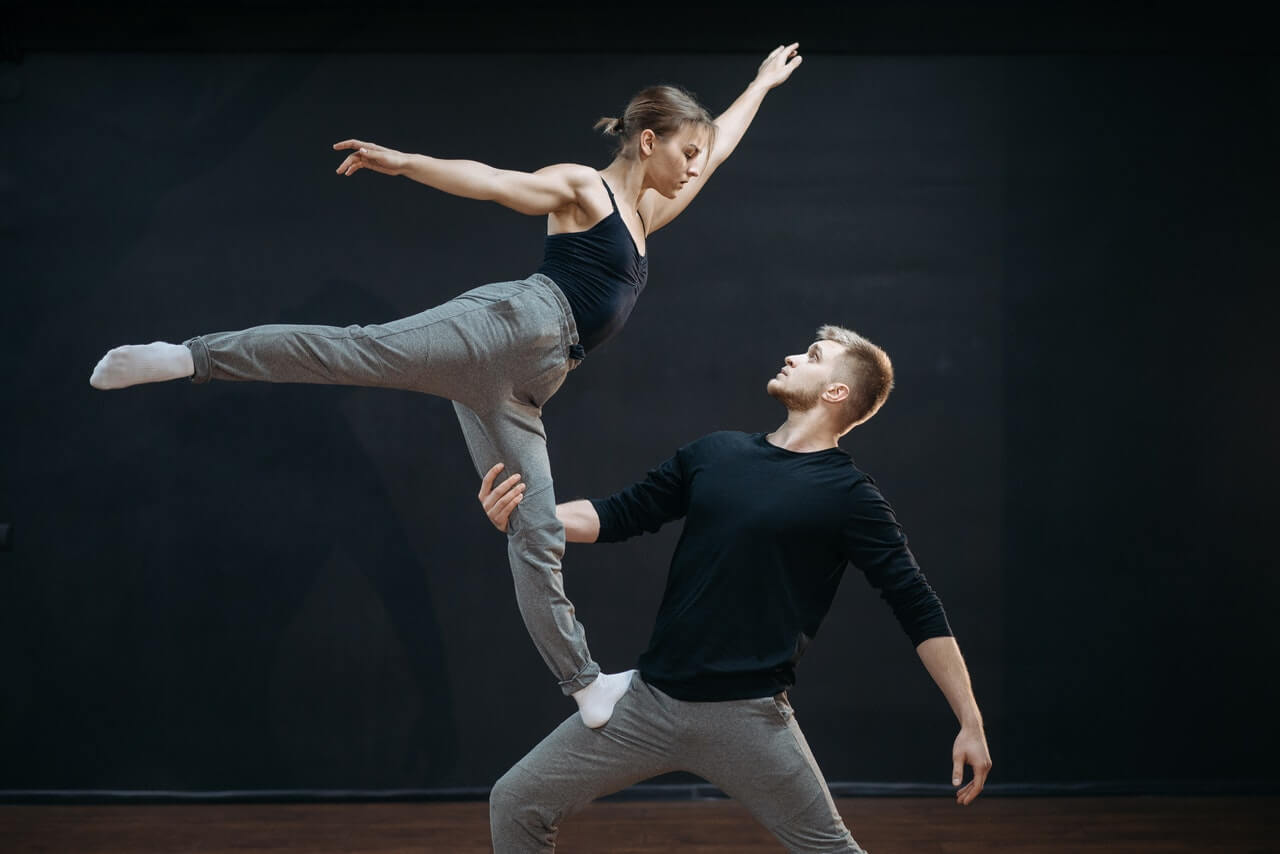
Good balance and coordination can also help prevent injury.
When young athletes have the coordination and balance to safely engage in sport they’re able to avoid awkward falls and collisions.
As a result, these athletes can also avoid taking prolonged breaks from sport to heal and recuperate. This helps kids stay active, healthy and engaged with their peers.
4) Dancing Strengthens Bones
We already know that dancing builds muscular strength, but did you know it strengthens bones too? The National Osteoporosis Foundation lists dancing as a high-impact weight-bearing exercise that can help maintain and even build bone density.
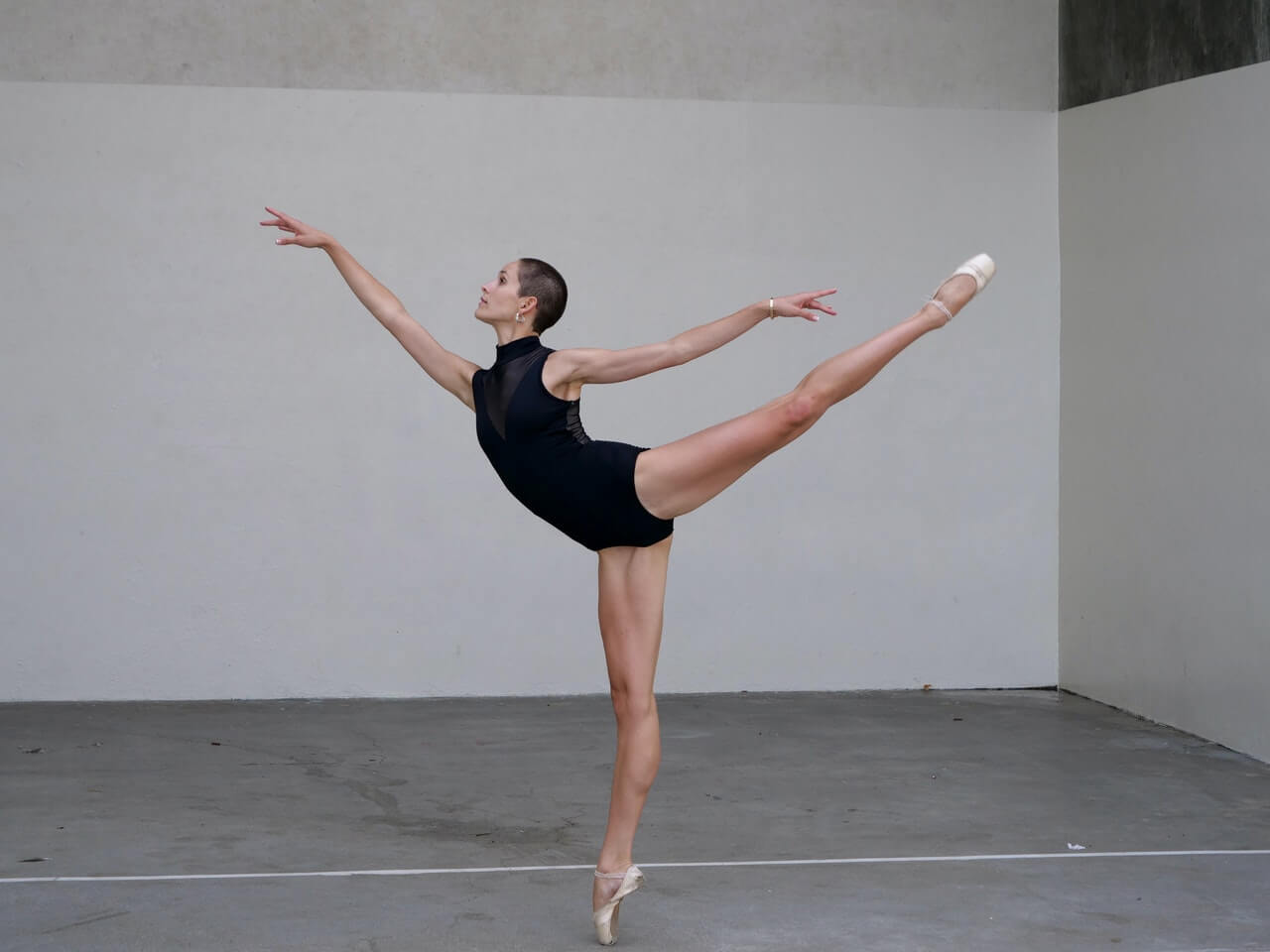 How does dancing protect bones?
How does dancing protect bones?
As we’ve discussed, dancing requires dancers to constantly transfer and re-balance their weight. Many forms of dance even require dancers to leap in the air and absorb the impacts of jumps. All of these movements can put stress on a dancer’s bones which triggers bone repair and growth.
As a result, a dancer’s bones can become more resilient and resistant to fractures and breaks.
This is a benefit that protects both young and old. One recent study found that dancing can also significantly increase bone mass density in post-menopausal women with osteopenia (which is associated with a higher risk of bone breaks).
Note: Highly competitive dancers training repetitive routines for long periods of time may actually increase their chances of bone fractures. That’s because if a dancer overloads their body with too much training (especially the same movements over and over again), the body will not have time to repair and properly strengthen bones. That’s why it’s important for the health of all dancers to strike a good balance between training and rest!
5) Dancing Offers Protection Against Dementia
Up until this point, we’ve highlighted the exceptional physical benefits of dance. But, according to a 21-year study of senior citizens appearing in the New England Journal of Medicine, dancing can also greatly benefit the mind.
According to this Stanford University summary of the study, the study’s objective was to determine if any, “physical or cognitive recreational activities influenced mental acuity.” Their method of measurement was to monitor rates of dementia, including Alzheimer’s disease, among participants over time.
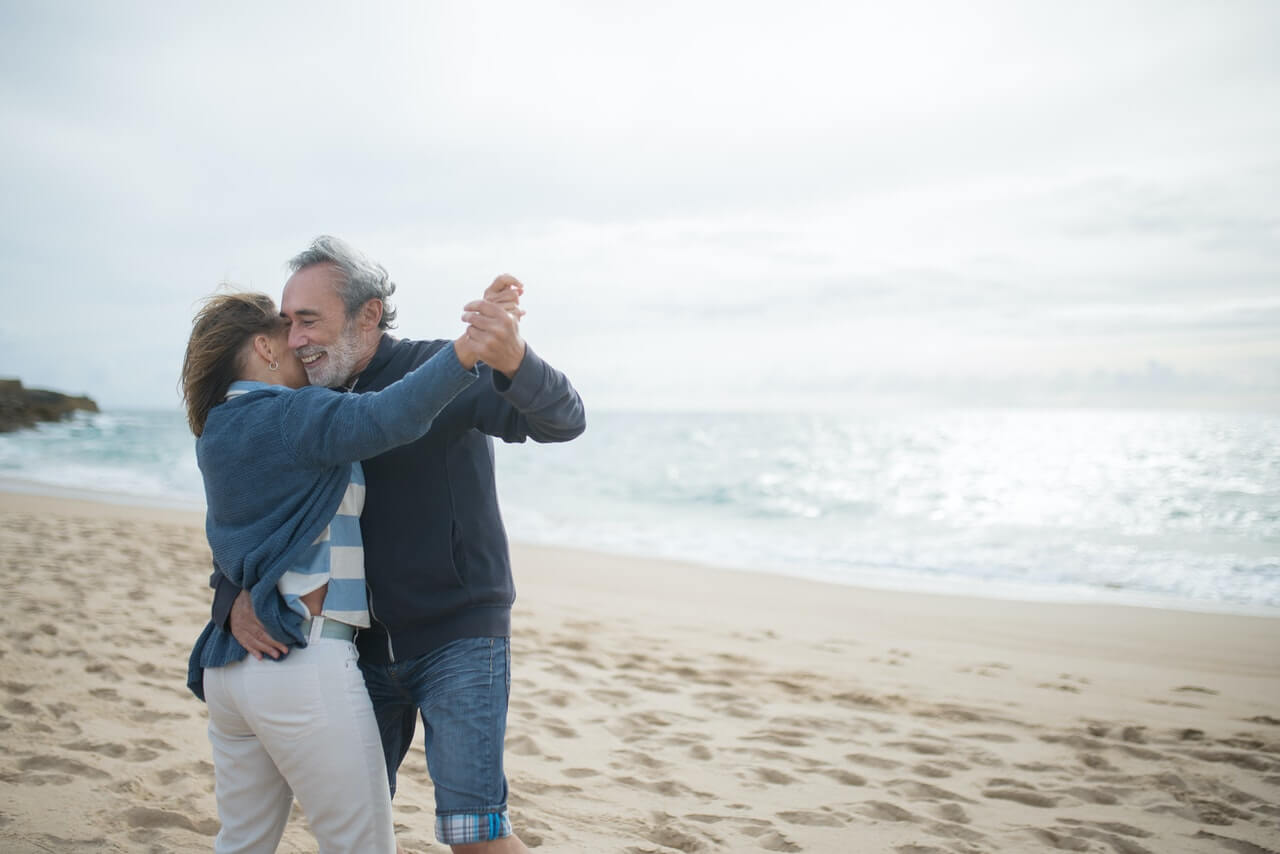
The results were impressive. While physical activities like golf produced 0% protection against developing dementia, frequent dancing reduced the risk by an amazing 76%!
In fact, dancing offered the greatest risk reduction for dementia of any cognitive or physical activity that was studied.
Why?
The belief is that dancing requires people to make split-second decisions which can help form new connections in the brain. According the Stanford University summary, it also, “integrates several brain functions at once — kinesthetic, rational, musical, and emotional — further increasing your neural connectivity.”
This finding has since been echoed with a 2017 study in Frontiers in Aging Neuroscience which linked dancing to improved white matter integrity in older adults. White matter in the brain is essentially in charge of communicating or transferring information in the brain. As a recent Sunnybrook study explains, deteriorating white matter contributes to the development of dementia.
In turn, it’s clear that by increasing the integrity of the brain’s white matter through dance, dancers are able to better protect against dementia.
Does all dancing protect against dementia?
Not necessarily. The summary from Stanford University suggests that free-flowing dances that allow for more split-second decision making are best for the creation of new neural connections. Although, it is fair to say that memorized dance routines may still carry excellent emotional and social benefits.
6) A Fun and Social Practice
As providers of dance studio software, we know that dance class is a great place to have fun and make new friends. It’s a place where young athletes can share a laugh and learn new skills. It’s also an accessible place for existing friends to take a drop-in dance class together.
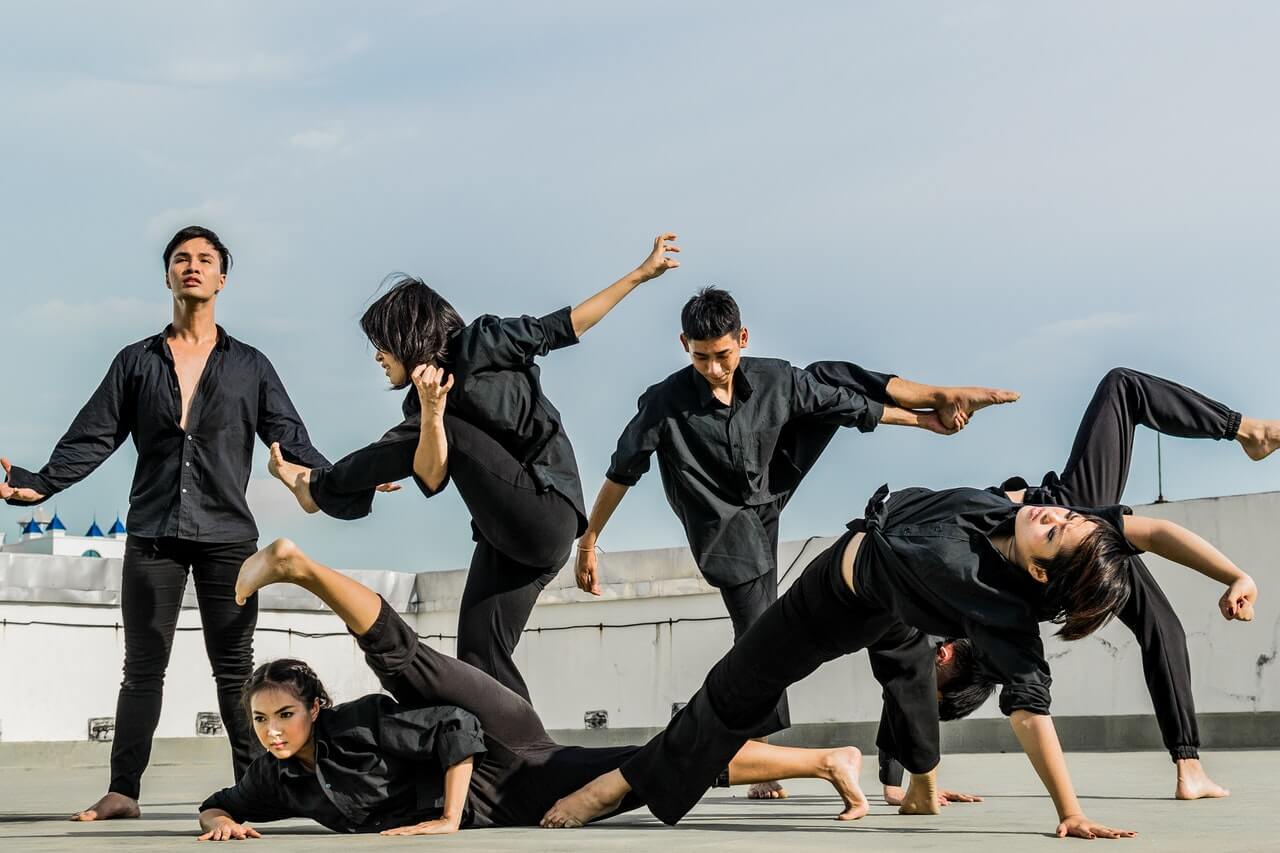
For dances that require group coordination like Irish dance, Ukrainian, Ballroom, Hip Hop, swing, and others, dancers learn how to communicate and take cues from each other as they dance.
A 2013-2014 Study of Dancing Classrooms revealed that this type of practice can foster respectful cooperation, collaboration and increased acceptance of others. These are fantastic social benefits that can extend to all areas of a dancer’s life!
There’s also another related benefit baked right into the practice of dance.
No matter who the dancer is, dancing requires focus and control.
When a dancer sheds their distractions and clears their mind through dance, they gain the ability to communicate more clearly with others. This clear communication has obvious benefits for socializing both inside and outside the studio.
7) Mood Booster
Like many physical activities, dancing can be an outlet for physical and emotional release. This is especially true for youth who find it easiest to express themselves through physical activity. For these individuals, dance can be an artform that uplifts their mood and spirit.
Even for those who prefer to express themselves verbally, dancing still offers mood boosting benefits. In this 2007 study, Korean high school and undergraduate students reported higher rates of positive wellbeing from hip-hop dancing than those who partook in body conditioning routines.
This 2014 study even showed that dance can be used as a form of therapy that improves quality of life and decreases clinical symptoms like depression and anxiety!
Lastly, University researchers from the UK have found that dancing to music for as little as five minutes can increase a person’s happiness.
Clearly, dancing has a positive impact on mood!
8) Growing Self-confidence
So, what happens when a person feels more physically strong, socially engaged, happier and healthier? When a person experiences all of these benefits of dance their self-confidence grows. And when their self-confidence grows it can unlock a cascade of new opportunities.
A boost in self-confidence means that young dancers can feel more capable and comfortable joining playground games at school. In high school and post-secondary, it can mean joining intramural and rec league sports where new friendships can be made. And in middle age and later years, this confidence can keep people more active, healthier and happier for longer!
9) Dancing Can Uplift the Whole Family
Whether a dancer is 8 years old or 80 years old, the benefits of dance can clearly be enjoyed by all. Better yet, because it’s an accessible form of physical activity, the benefits of dance should be enjoyed by everyone in the family, together!
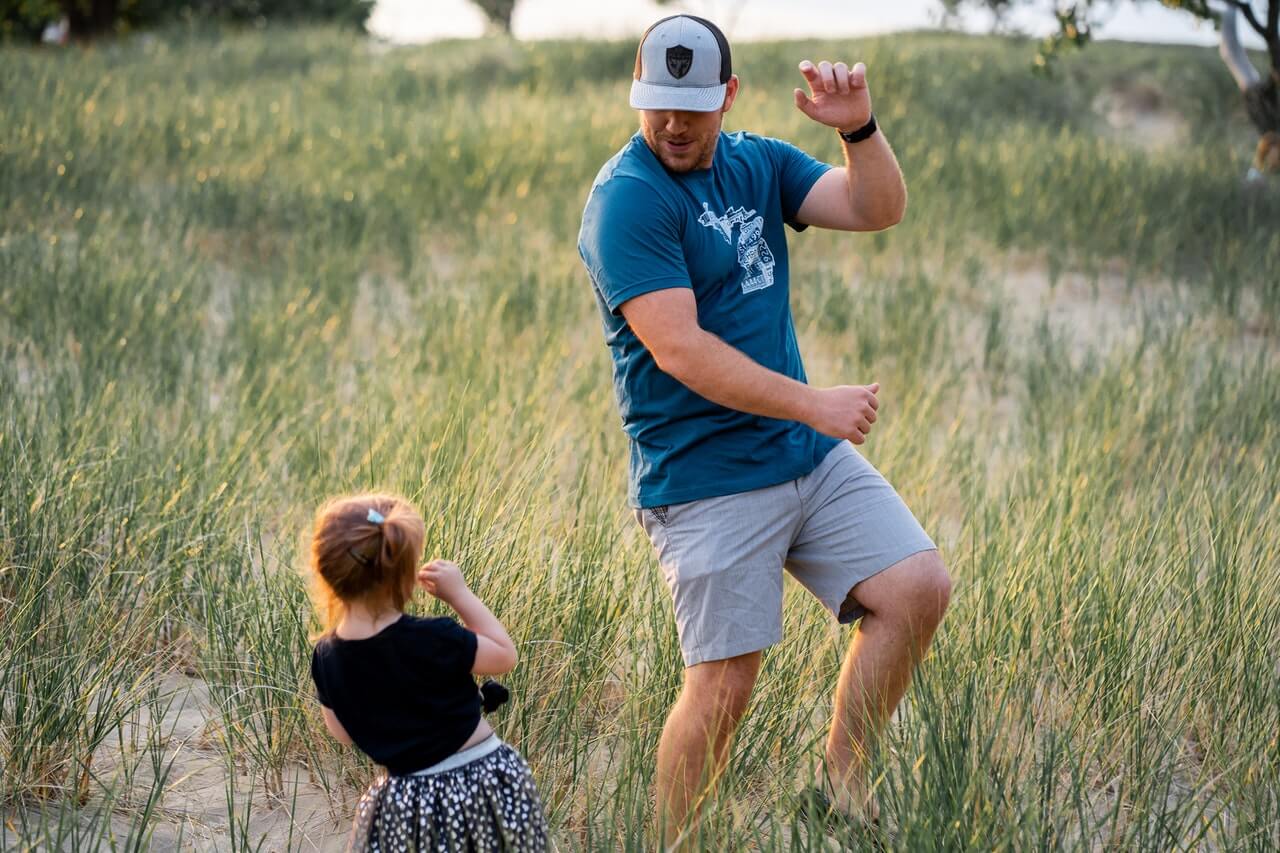
Dancing together as a family is a great way for everyone to shake out the stress of the day.
For some kids, expressing themselves non-verbally through dance allows an easier way to share their feelings and bond with family members.
As journalist Elissa Strauss summarizes in an article on family dancing, “While it’s a parent’s job to help children match words to feelings, it’s also our job to help them express their feelings in other, nonverbal modes.” Strauss goes onto explain that this can be especially important today, as we navigate uncertain times.
Beyond processing difficult emotions, dancing together can also boost endorphins and decrease cortisol. This means it increases our feel-good hormones while helping to regulate stress hormones. In turn, dancing together is an easy way to uplift the whole family!
The Physical and Mental Health Benefits of Dance are Far-reaching
The benefits of dance can’t be understated. It’s an accessible artform and physical activity that’s available to the young and old alike. For anyone who dances, improved muscular strength, balance, coordination and bone density are all physical benefits that can help keep you active for longer.
Dance also benefits the mind by protecting against dementia and preserving the integrity of white matter in the brain. Beyond that, dance has been proven to boost happiness and acceptance of others. Whether verbal or non-verbal, dance can be used to express a person’s emotions which can provide a great way for friends and family member’s to enjoy time together. Ultimately, all of these benefits help grow a dancer’s self-confidence which extends far beyond the studio!
Are there any benefits of dance that we’ve missed? If so, feel free to let us know on Twitter or Facebook. We’d love to hear from you!







